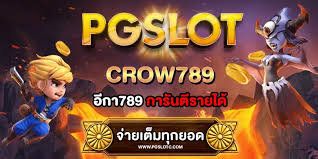At the heart of all games is how the player controls things. Often you need the player to control several things however games which have 10 or more different controls are at a disadvantage. They rely upon the talking tom hack they can get play for real.
All PC’s have a keyboard and as tempting as it may be to use this as the main interaction method, it is the least favored method amongst players. Game controllers place the important controls into the player’s hands, giving them a huge advantage over a player using the PC keyboard.
By far the most popular method of control for a PC game is the computer mouse. Mouse control is however one of the most difficult to design a game for. It is limited to just 2 standard buttons, uses the screen co-ordinates (which may differ on different resolutions) and requires careful game design.
Most (if not all) game distributors require mouse control as standard and other controllers as optional extras and since the player control aspect is the engine behind interaction, it needs to be in place from the start. Adding mouse support later often means a lot of re-design work.
Setting a Price For Your Game
You have finished your game, it has passed the Beta Testing and it is looking pretty damn slick! So the next step is to get it noticed so people can play it but before you do that, you need to give it a value. Even if you intend aiming at the Freeware market, your game should still represent value.
Under Pricing:
If someone doesn’t need a program or game, the fact that you may have grossly underpriced it is not going to induce them to purchase or even try it. Psychologically a game with a price tag of $9 is likely to be perceived at better value than a similar game costing $1 or even nothing; if it is too cheap, there must be something wrong with it.
Overpricing:
Users don’t care if you if you spent 100,000 hours developing your game or you need the money. They care about THEIR needs and the costs of alternatives for filling those needs. The two keys to pricing any program or game are the cost of alternatives and the value to the user. Note too that the price you set can become a benchmark for alternatives.
The Cost of Alternatives:
To do a sensible job of setting a price for your product, you need to know the retail markets for your product. Find out what other games of a similar type are selling for and compare your game to them in terms of quality, features and playability.
Value To The User:
For a game to be a success, it must have a large enough target audience, it must offer value to the player far in excess of its cost, and it must appear to be better and/or cheaper than alternatives. If there are many alternatives of a similar type, then your game must be greatly superior to alternatives (not just cheaper) to get people interested enough to favor yours.
In effect, your target audience is made smaller when your games niche is already dominated by highly successful games. Sometimes a programmer will price a program very low to encourage more people to pay for it. This strategy is fine if it is based on a like for like comparison with alternatives, but it is usually based solely upon desperation and/or lack of confidence. The strategy of trying to low-price a program is most often employed with low-value games or popular game types with huge target audiences.

